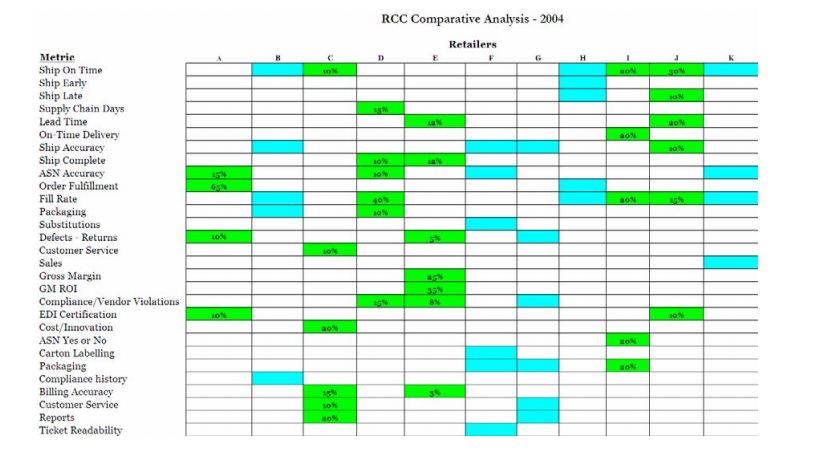By Vanessa Ting
I covered this in an earlier post so I won’t belabor the point much more except to say this: It’s important to only ship as many units as the retailer can sell. Always aim for a 95% sell-through.
Retailers, both small and large, expect you to help them manage their inventory levels. They expect you to speak up if you think they have placed too large of an order. They expect you to challenge back if they have placed too small of an order. But how do you know what the right inventory level is? Read about it this old post.
Making Inventory Management Mistakes are Expensive
It is common practice for large retailers to ask for a concession when you miss your volume projections. If your product underperformed, major retailers will chargeback the cost of the unsold inventory or worse yet, additionally charge you the margin dollars they lost when your product didn’t sell. If your product oversold, and you couldn’t replenish inventory fast enough, the retailer may chargeback the loss sales based on a daily sales rate.
Not only is it important to get the right amount of inventory to buyers’ stores as mentioned above, it’s also important to get it there on time. If your product arrives too early, your inventory will incur unexpected storage and handling costs. In this case, a larger retailer may chargeback that additional expense. If your product arrives late and the shelf sits empty, a larger retailer will charge you for those days of loss sales.
Smaller retailers are not in the practice of charging back for making inventory mistakes. Mostly because it requires too much work on their end to enforce chargebacks. Instead, they will cut your products out of their assortment altogether and not work with you again if your mistakes are costly.
Inventory Control When Manufacturing Overseas
If you are shipping product from overseas, managing inventory becomes even more unpredictable. With ocean freight lead times, cargo capacity and shipping priorities, and/or customs clearance - sometimes your shipment will not arrive on the date your factory or expediter quoted. This impacts the date product will arrive at retailers’ stores. For this reason, it is advisable not to sell to retailers until you have product in-hand and in your DCs. This is often times not ideal for small businesses, but it will help your vendor performance and help you achieve a high rating on your vendor scorecard.
Vendor Performance Scorecard
Yes, in addition to sales performance, vendors are measured on inventory management and shipping performance. Some inventory and supply chain measures include:
% on time delivery
% fill rate
% receipt efficiency
% shipping compliance
Here is a sample scorecard that covers the full throttle of vendor performance metrics:

By now, you realize that selling to retailers is not just about having a good product, strong marketing and sales support, and a strong financial rationale. It’s also about delivering the product in the most efficient way. The larger the retailer you sell to is, the more you are expected to be sophisticated with inventory control and supply chain management. While you do not need to have an in-depth understanding of this when selling to independent boutiques and small chains, it will behoove you to start thinking ahead for when you do finally scale up.


